In the summer of 1876, a dusty Montana valley witnessed one of the most dramatic military defeats in American history. The defeat of George Armstrong Custer and his entire command at Little Big Horn shocked a nation celebrating its centennial year. Understanding how this seasoned cavalry officer led over two hundred men to their deaths requires examining a complex web of tactical blunders, intelligence failures, and cultural misunderstandings that converged on that fateful June day.
The Battle of the Little Bighorn took place on June 25–26, 1876, along the Little Bighorn River in the Crow Indian Reservation in southeastern Montana Territory, resulting in the defeat of U.S. forces and marking the most significant action of the Great Sioux War of 1876. What makes this defeat particularly fascinating is how multiple factors aligned perfectly to create a military disaster that continues to captivate historians and the public alike. Let’s explore the seven critical reasons that sealed Custer’s fate on that sweltering summer day.
The Fatal Intelligence Failure
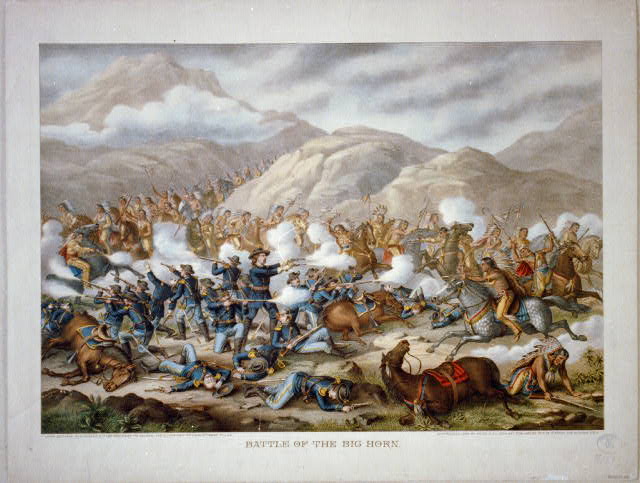
Army intelligence had estimated Sitting Bull’s force at 800 fighting men; in fact, some 2,000 Sioux and Cheyenne warriors took part in the battle. This massive miscalculation formed the foundation of Custer’s catastrophic defeat. Many also point to his failure to gather proper intelligence on the size of the Indian forces. The scouts who provided information to military planners either underestimated the gathering or failed to account for the annual Sun Dance ceremony that brought together multiple tribes.
By the late spring of 1876, more than 10,000 Native Americans had gathered in a camp along the Little Bighorn River with approximately 3,000 to 4,000 warriors among them. This massive congregation represented one of the largest assemblies of Plains Indians in history. His intelligence was wrong and in reality at least 1,000 and as many as 2,500 warriors were at the Bighorn camp. The military planners completely failed to understand the significance of the Native American gathering, treating it as a routine village rather than a massive confederation of multiple tribes united in resistance.
Dividing Forces Against Superior Numbers
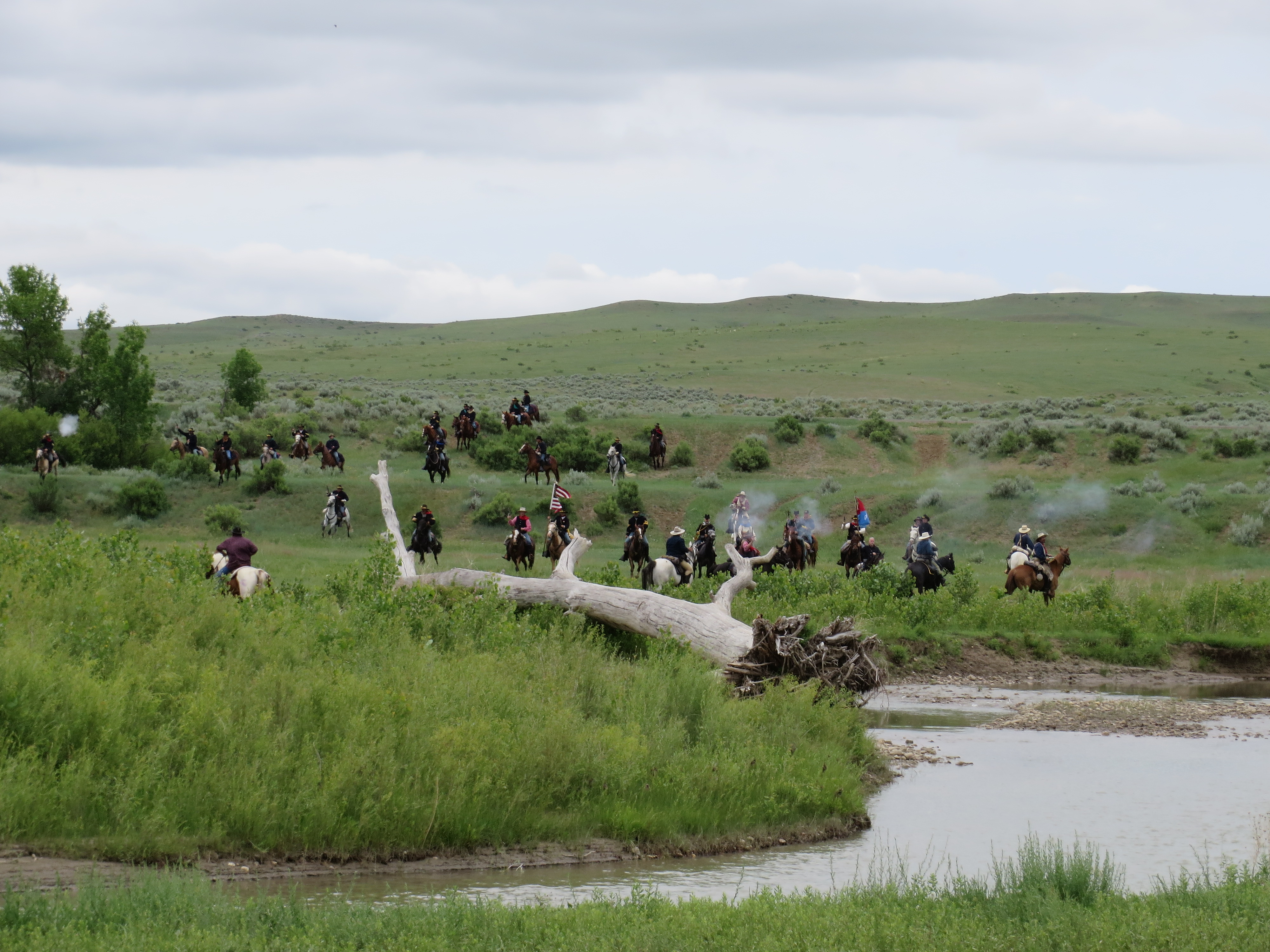
Some believe that Custer’s decision to split up his Seventh U.S. Cavalry Regiment in the face of a larger, well-armed enemy put him in a precarious position. This tactical decision proved to be one of the most devastating mistakes of the entire engagement. That tactic proved to be disastrous. In fragmenting his regiment, Custer had left its three main components unable to provide each other support.
At noon on June 25, in an attempt to prevent Sitting Bull’s followers from escaping, he split his regiment into three battalions: one led by Major Reno, one by Captain Benteen, and one by himself. Custer decided to attack immediately and divided his forces into three battalions, with Reno sent north to charge the southern end of the encampment, Custer riding north to attack from the north, and Benteen initially sent south and west to scout. This division of forces violated fundamental military principles when facing a numerically superior enemy, leaving each component vulnerable to being overwhelmed individually.
The Role of Superior Native American Weapons and Tactics
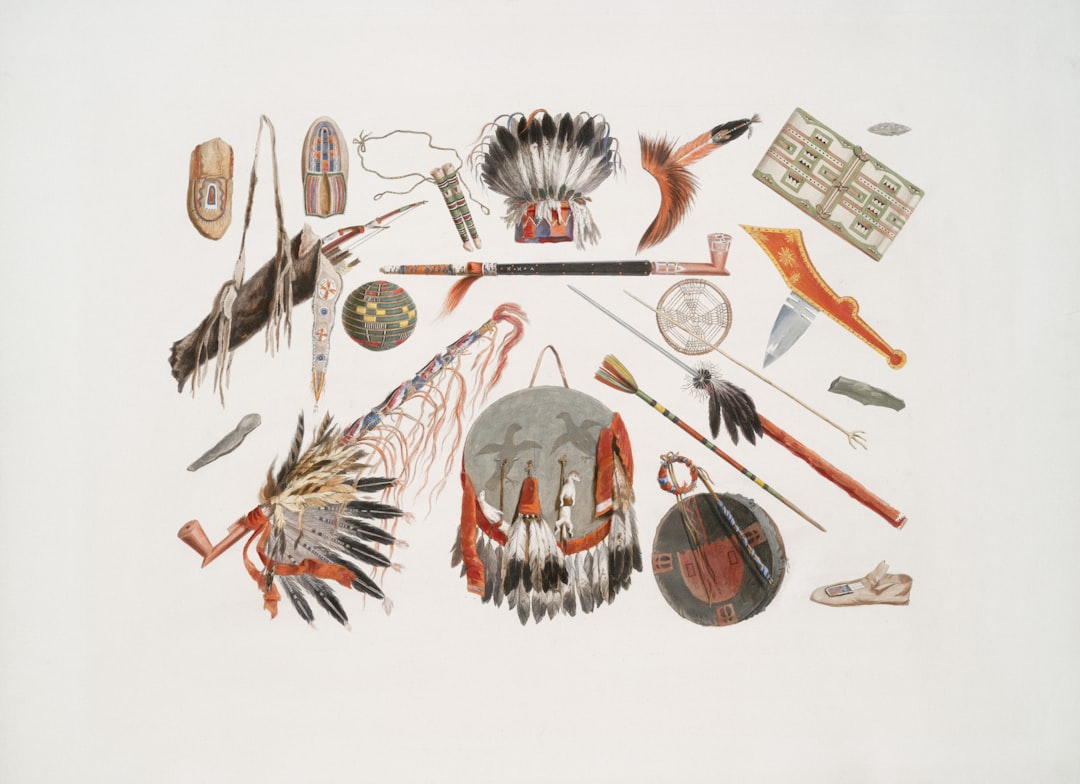
Many of them were armed with superior repeating rifles, and soldiers armed with single-shot Springfield carbines were quickly overwhelmed by warriors using repeating rifles, traditional weapons, and superior numbers. This technological disadvantage proved crucial in the rapid defeat of Custer’s forces. The Native Americans had acquired modern weaponry through trade and previous conflicts, giving them a significant firepower advantage over the cavalry’s standard-issue single-shot rifles.
Native American accounts of the battle are especially laudatory of the courageous actions of Crazy Horse, leader of the Oglala band of Lakota. Other Indian leaders displayed equal courage and tactical skill. The older Sitting Bull rallied the warriors and saw to the safety of the women and children, while Crazy Horse set off with a large force to meet the attackers head on. The Native American forces demonstrated exceptional tactical coordination and leadership during the battle, effectively countering Custer’s divided approach with unified resistance.
Custer’s Personal Ambition and Reckless Leadership
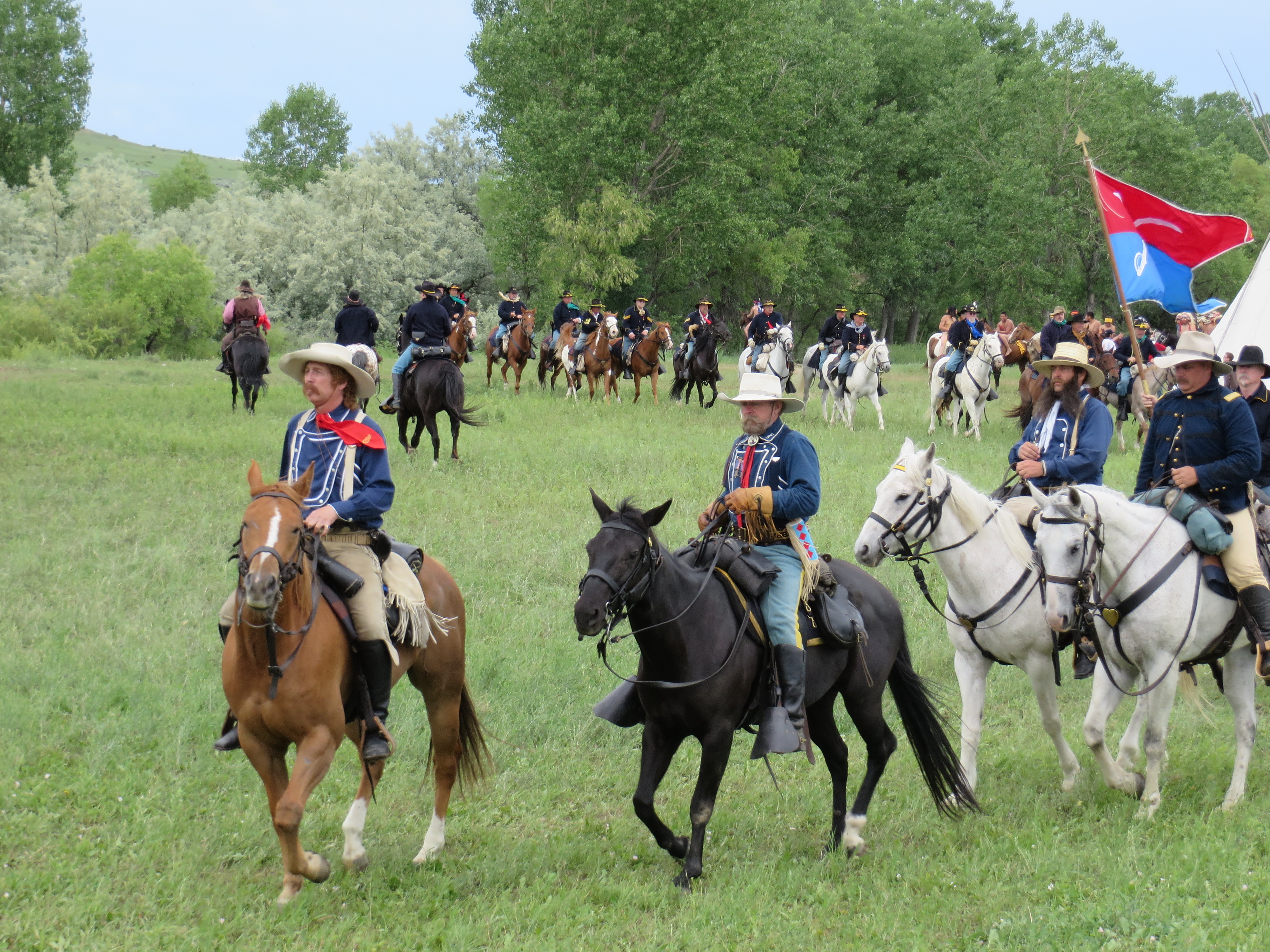
His underestimation of Native American numbers and fighting capability, combined with his apparent desire for personal glory, led directly to one of the worst military defeats in American history. Custer’s personality and career trajectory suggest that personal ambition played a significant role in his decision-making process. Custer was lucky rather than good, and it was only a matter of time before his carelessness caught up with him, as Grant wrote to Sherman that Little Bighorn was a sacrifice of troops brought on by Custer himself that was wholly unnecessary.
Throughout his career, Custer completed every assignment he received from his commander, now General Philip Sheridan. Although warned about the great number of enemy warriors he might face that June day, Custer advanced without hesitation. He never would have told Sheridan that he decided not to attack because he feared facing powerful opposition. This pattern of aggressive action, while successful in previous conflicts, proved disastrous when facing such overwhelming odds at Little Big Horn.
The Breakdown of Command Coordination

He died not knowing why Major Marcus Reno and Captain Frederick Benteen never came up in support. The failure of Custer’s subordinate commanders to provide assistance represents another critical factor in the defeat. The critical 10 to 15 minutes after Benteen joined Reno was the time in which a more determined leader might have taken charge, though trying to mount an immediate relief force would have been difficult as the slow pack train with more ammunition had not yet come up.
In shock, Reno panicked, issued wildly confusing orders, and ran for it. No retreat order was passed to the troopers, but as he desperately mounted his horse to flee, Reno shouted, “Any of you men who wish to live, make your escape – follow me!” The collapse of command structure among Custer’s divided forces meant that each group faced the overwhelming Native American forces without coordination or mutual support. Benteen and Reno were known to dislike Custer, and though not likely, it may have been a factor in the battle as Custer faced a relentless attack unsupported.
Underestimating Native American Resolve and Unity
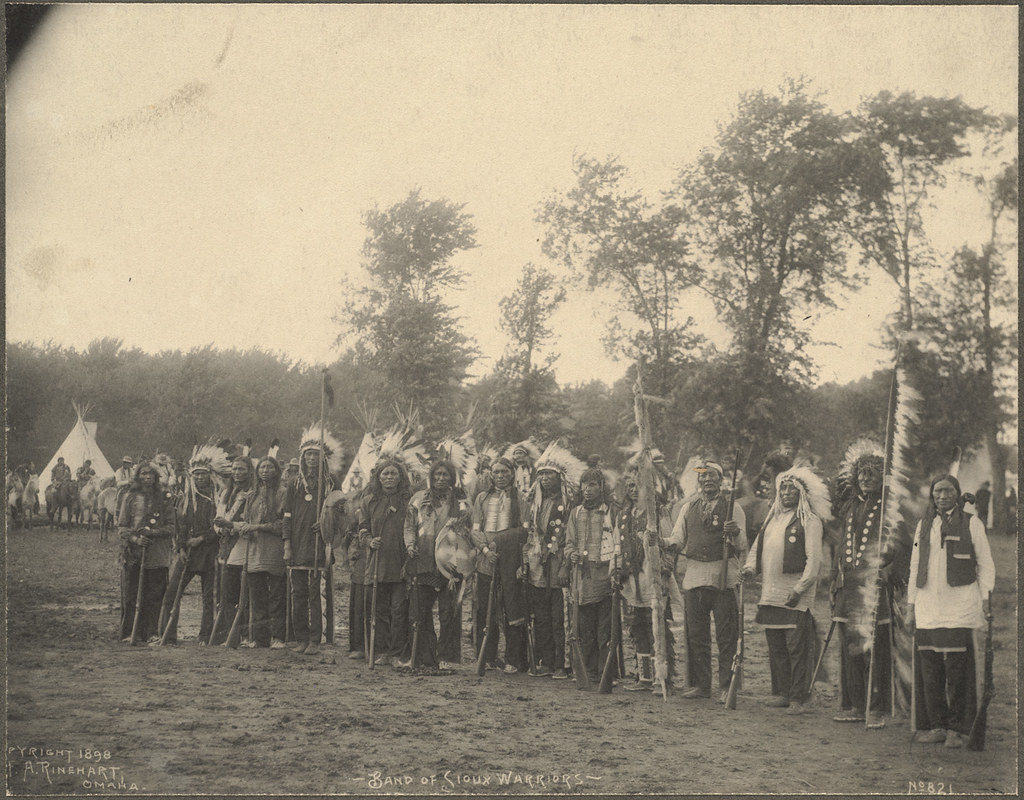
Others have argued that the Indians were highly motivated to defend their home turf and their way of life or that they had momentum after their success at the Battle of the Rosebud on 17 June 1876. The Native American forces weren’t simply defending a village; they were fighting for their very survival as free peoples. Tensions escalated due to the U.S. government’s failure to uphold treaties with the Sioux, particularly following the discovery of gold in the sacred Black Hills, which led to an influx of miners and settlers into Sioux territory and caused many Sioux and Cheyenne tribesmen to leave their reservations.
Among the Native American forces were legendary warriors like Crazy Horse, Gall, and Two Moons, leading fighters who had been preparing for this confrontation their entire lives. They were fighting not just for victory, but for their children’s future and their people’s survival. Their anger was reinforced by reports of Sitting Bull’s dreams, which depicted a great Indian victory over the white soldiers. During the ceremony, Sitting Bull received a vision of soldiers falling upside down into his village and foretold there soon would be a great victory for his people. This spiritual motivation combined with tactical skill and superior numbers created an unstoppable force.
The Consequences of Tactical Inflexibility
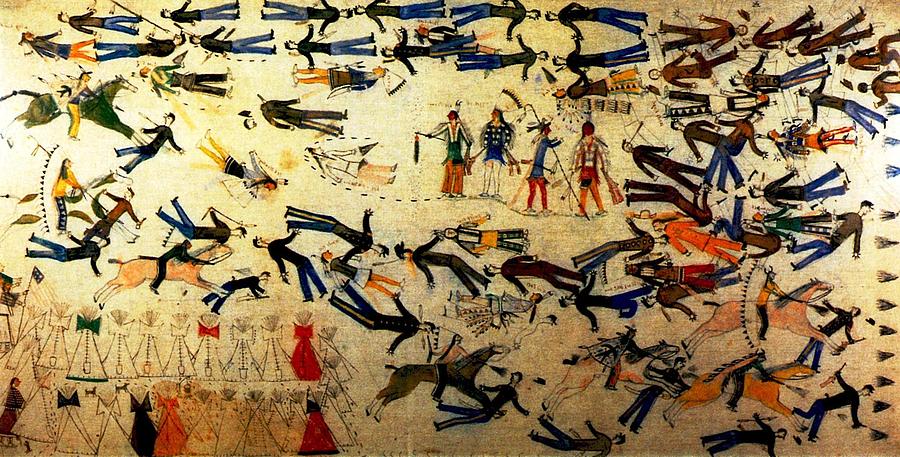
Had he analyzed his options, he might have concluded that a divided force was not the only or best way to prevail against an enemy now known to be large, aggressive, and able to concentrate on his small force. Whatever Custer’s final objective, his cognition never strayed from his original mental map, despite mounting evidence of its disutility and escalating danger to his troops. Custer’s inability to adapt his battle plan when circumstances changed dramatically proved fatal to his entire command.
When a few scouts spotted him, Custer panicked and thought that the village would scatter, evading U.S. forces entirely. He decided to begin the attack himself, breaking his small regiment into smaller battalions to charge the village from multiple angles. His strategy proved incredibly foolish. The U.S. had underestimated Sitting Bull’s troops in almost every aspect, including number of warriors, quality of weapons, and tactical skill. By the end of the two-hour fight, every single U.S. soldier in Custer’s battalion – including Custer himself – was dead.
The defeat at Little Big Horn resulted from a perfect storm of military miscalculations, personal ambition, and cultural misunderstanding. The Battle of Little Bighorn marked both the greatest military victory of the Plains Indian Wars and the beginning of the end for Native American resistance. Public outrage over Custer’s defeat led to increased military appropriations and a more determined effort to force all Plains tribes onto reservations. Though the Native Americans achieved a stunning tactical victory, it ultimately hastened their forced confinement to reservations and marked the end of their traditional way of life.
What strikes you most about how a combination of arrogance and poor intelligence can doom even experienced military leaders? The lessons from this Montana battlefield continue to echo through military history today.




